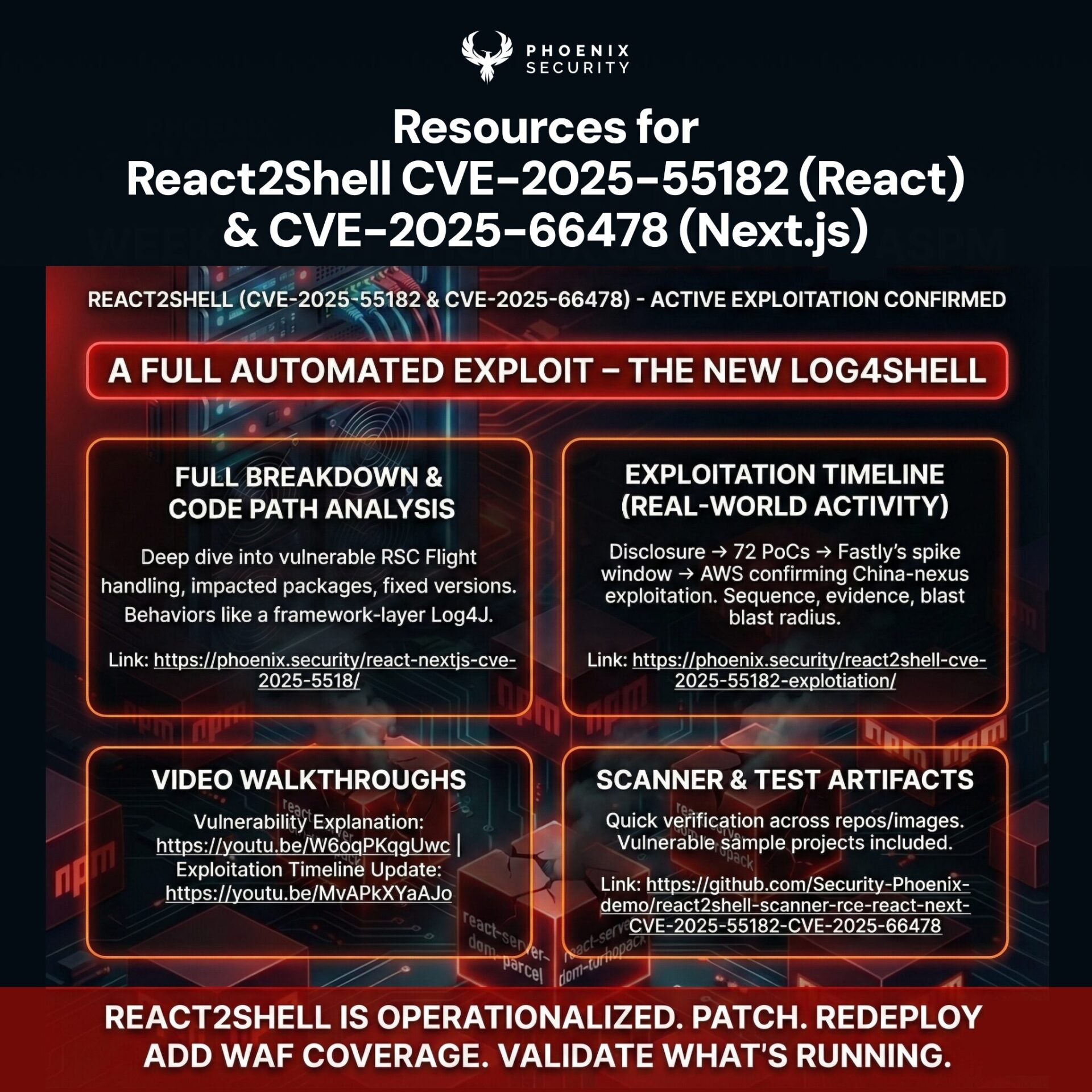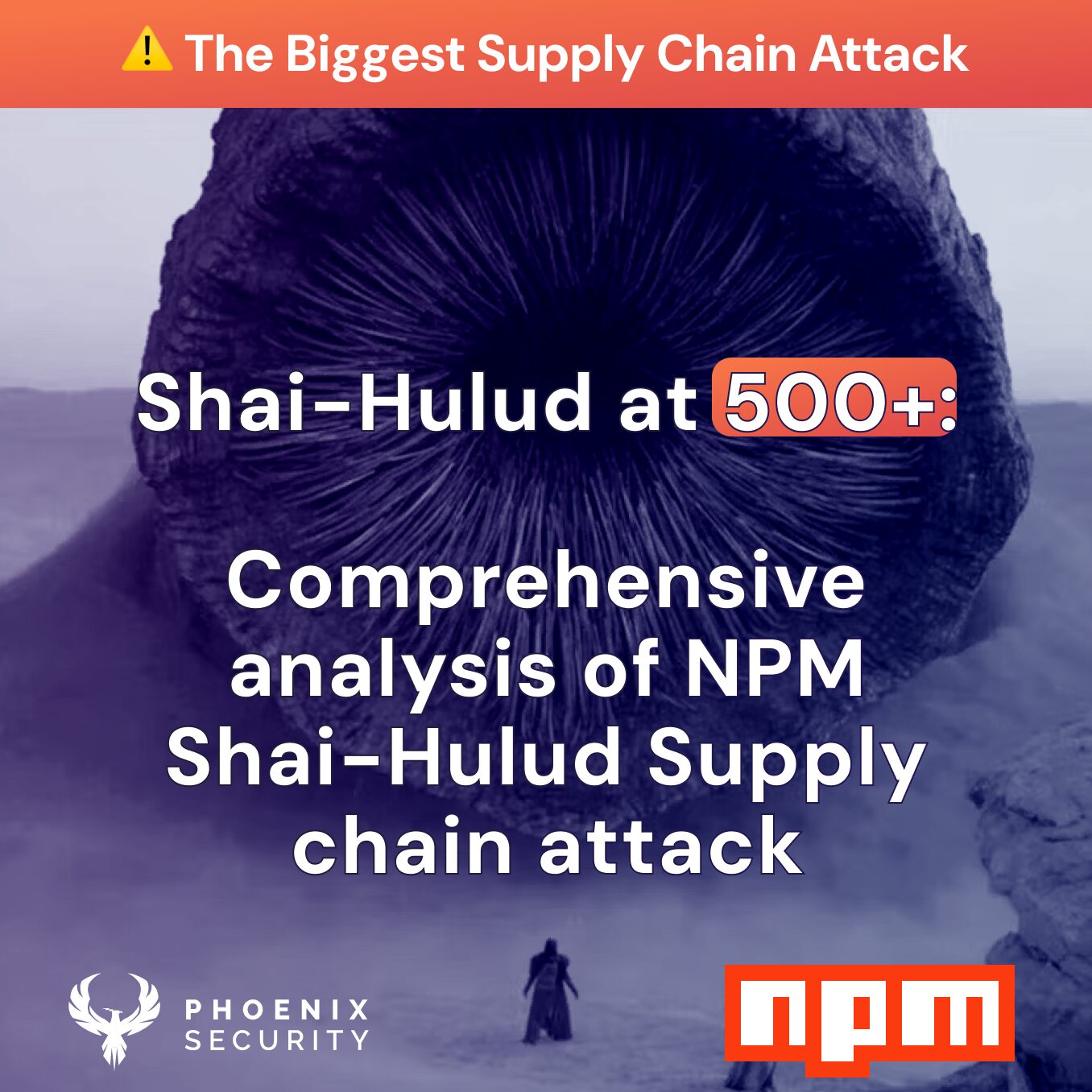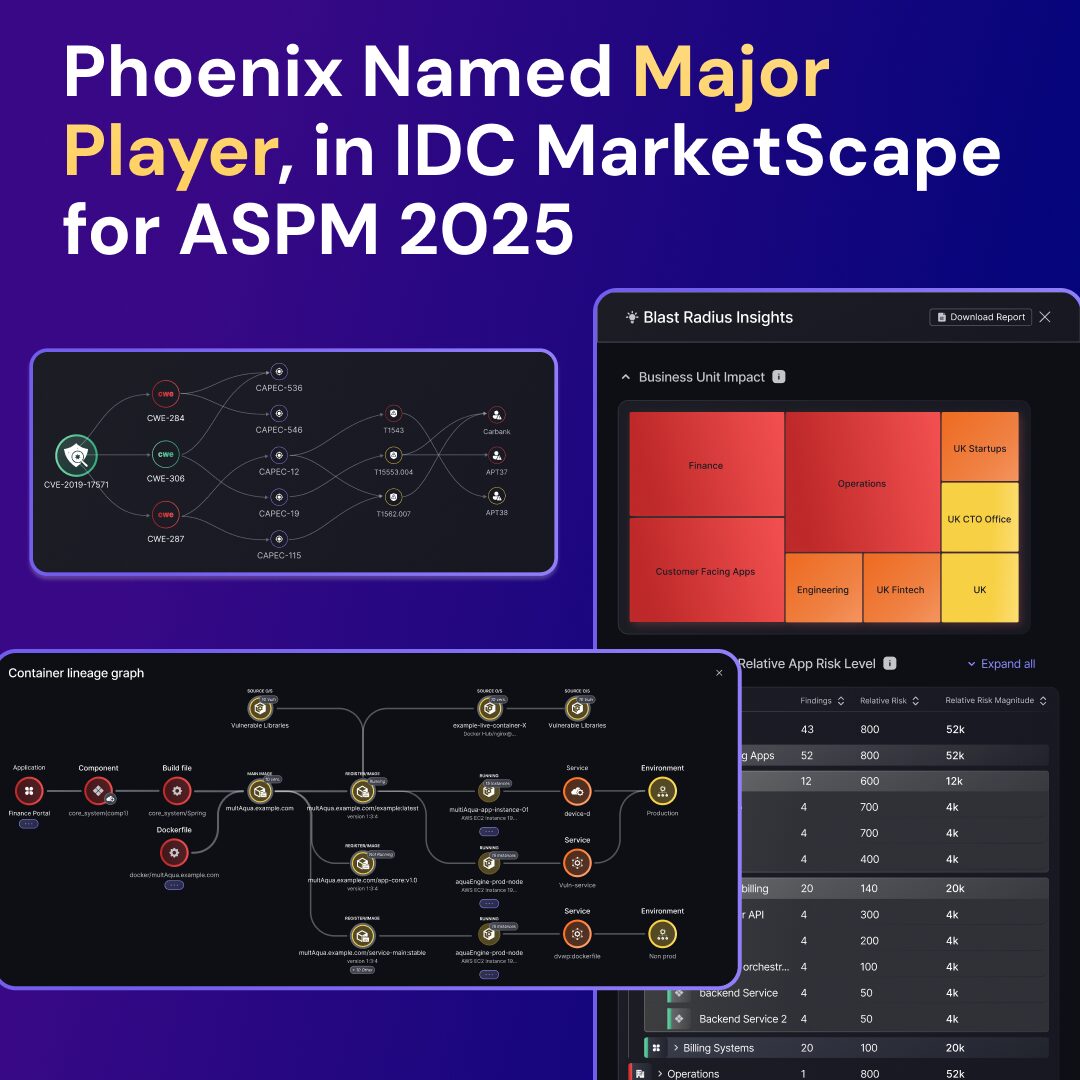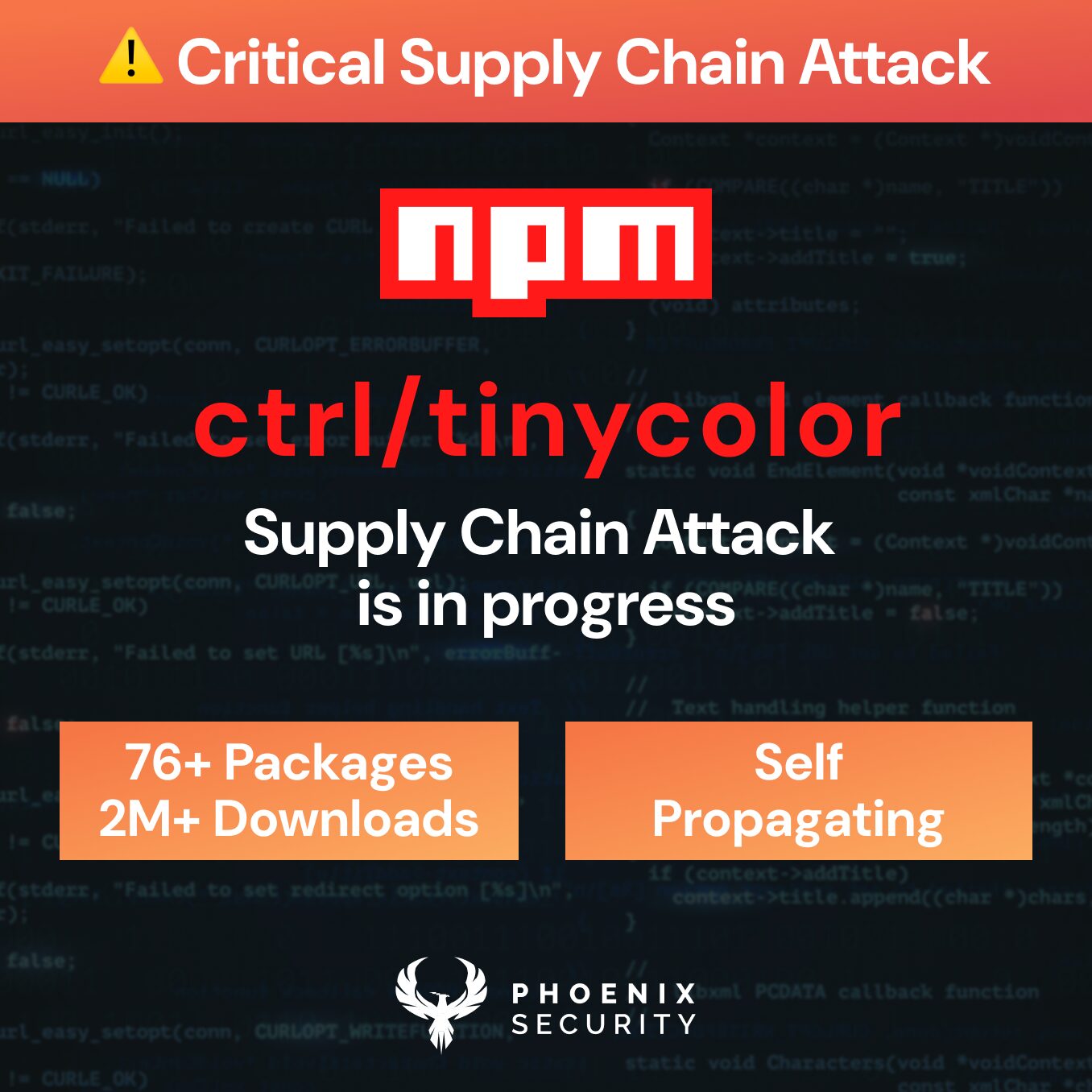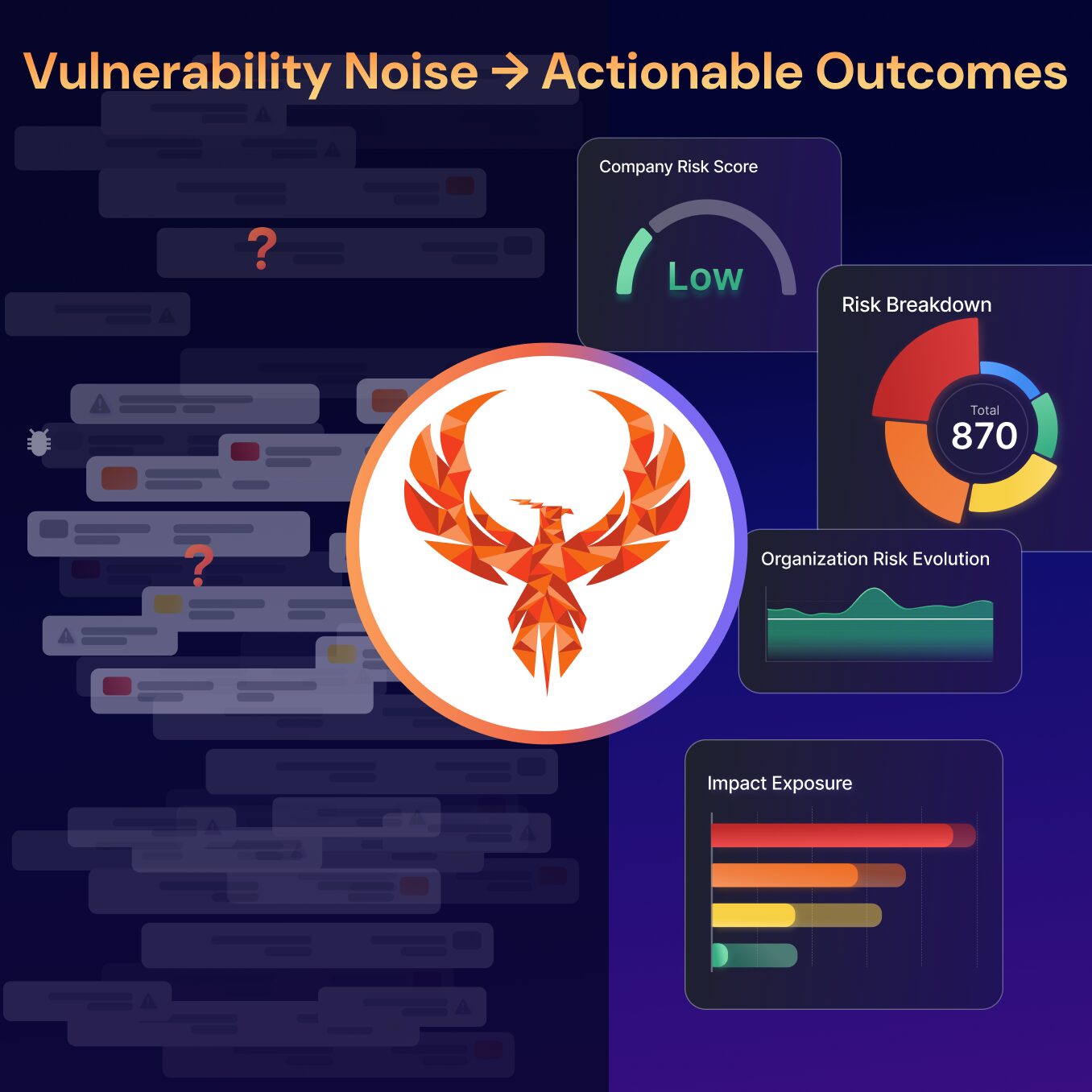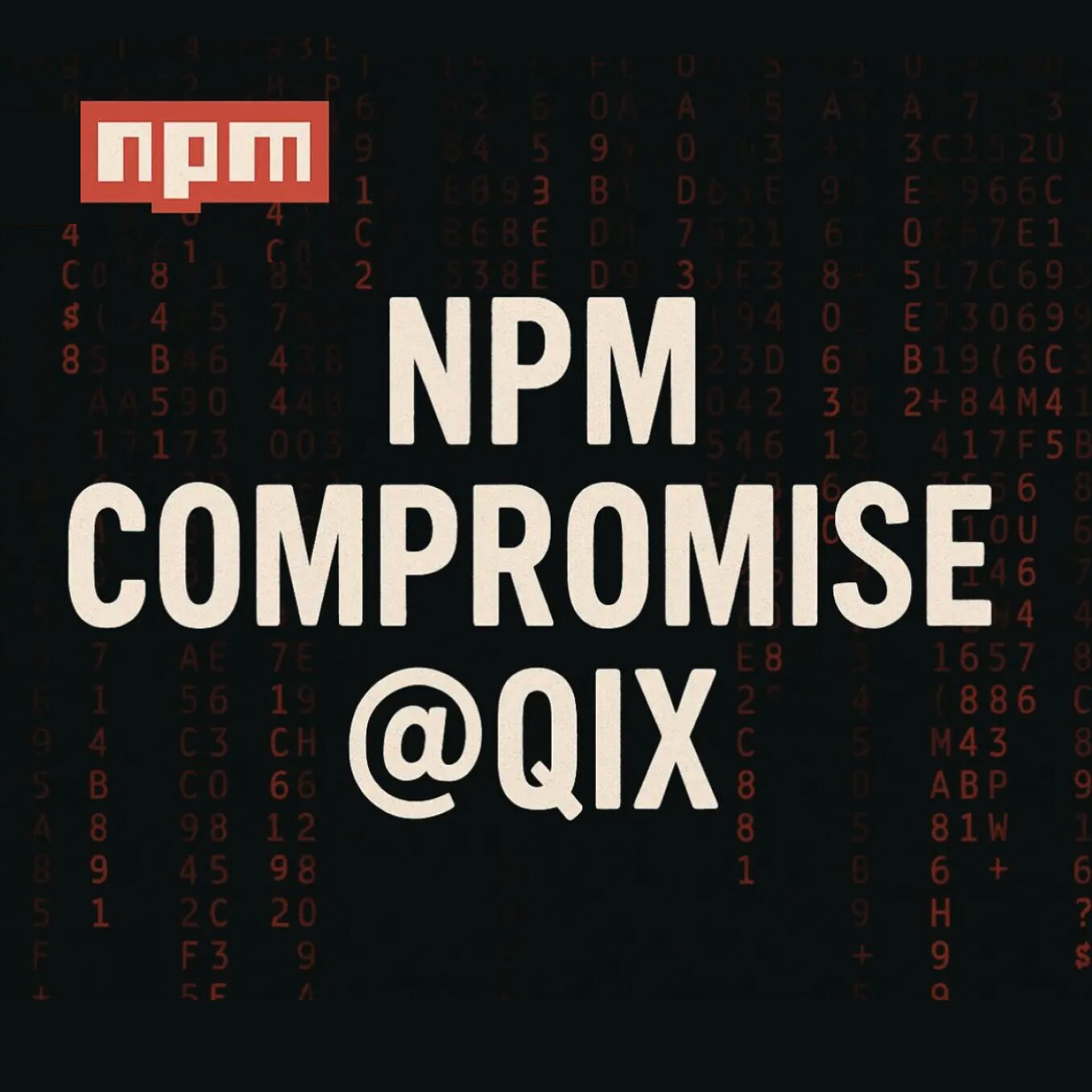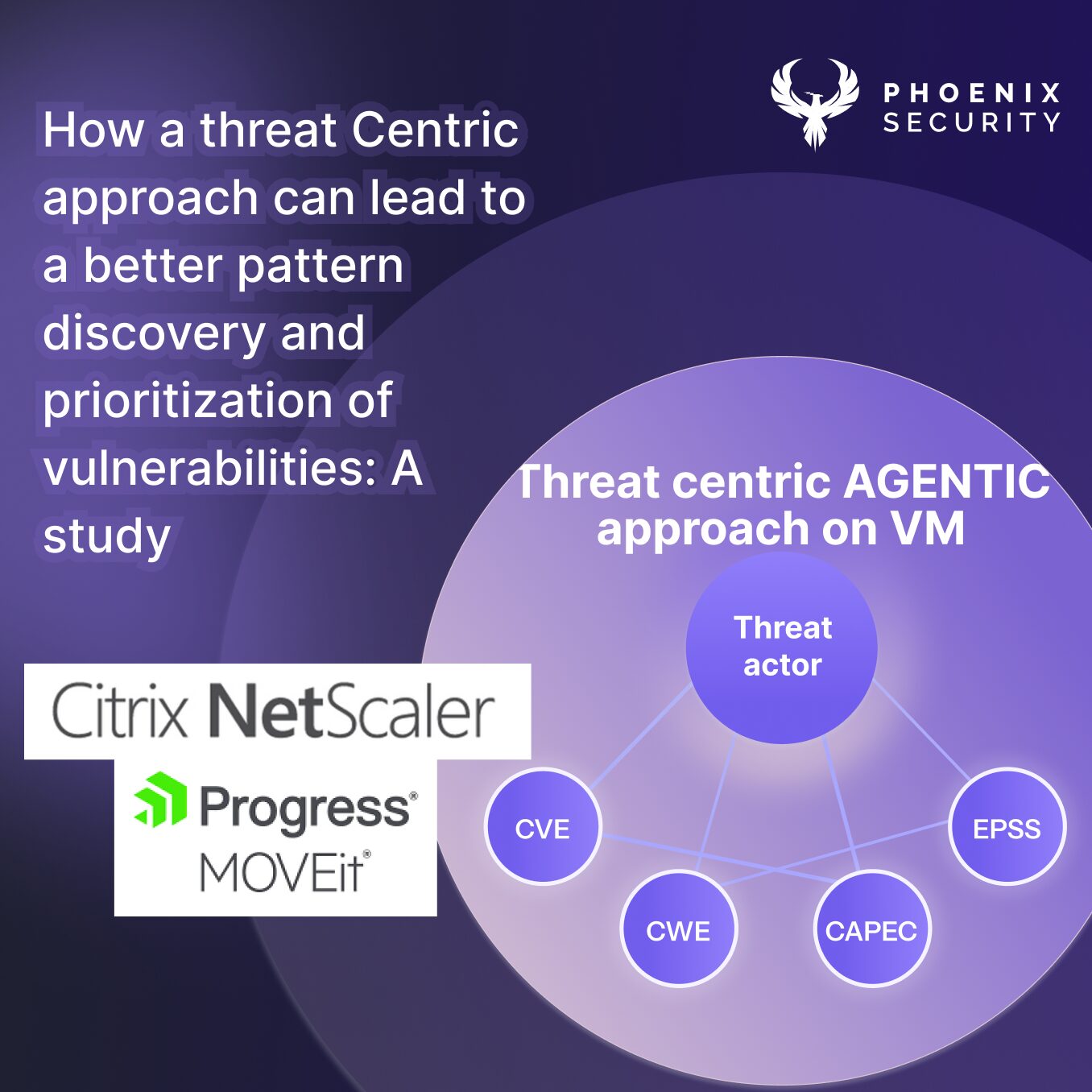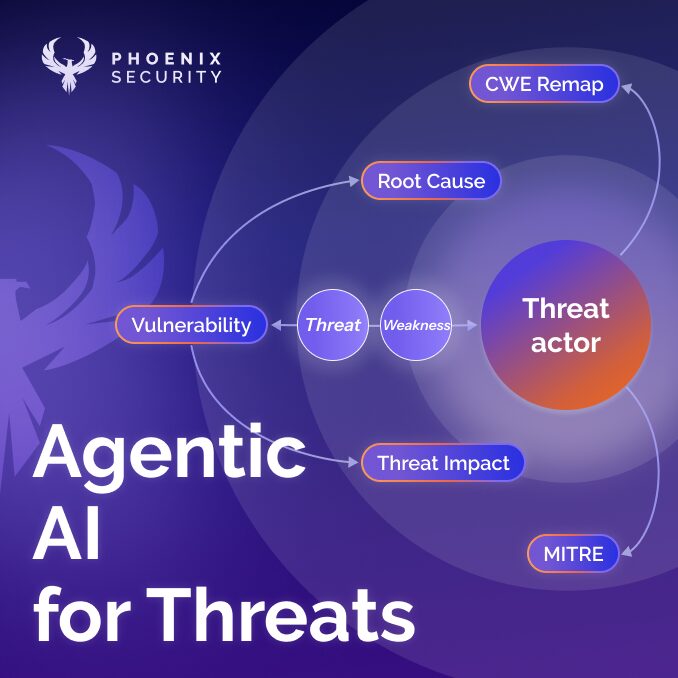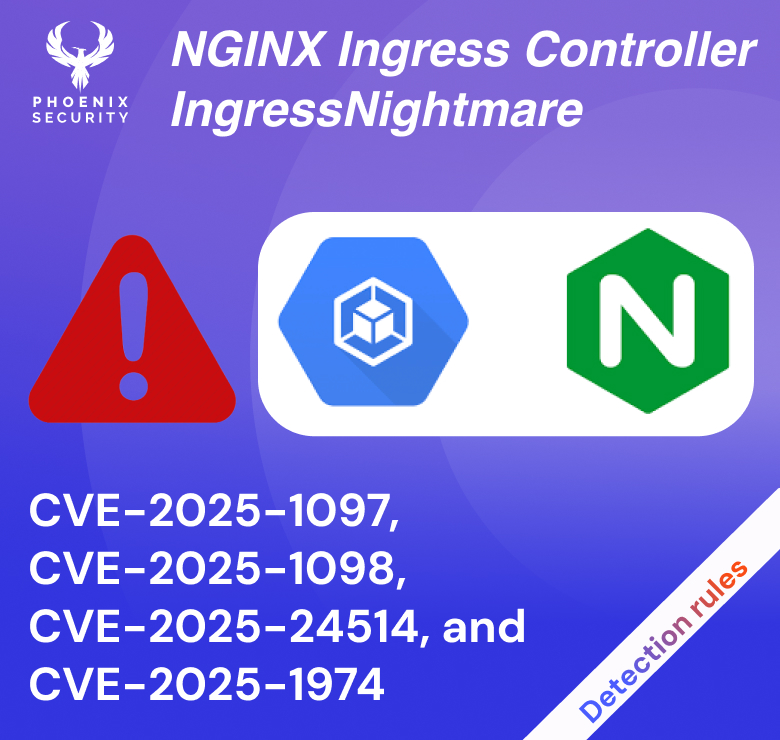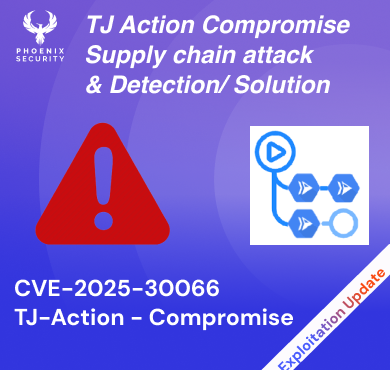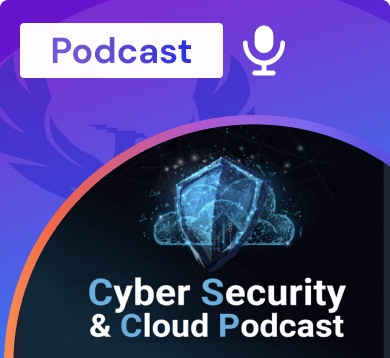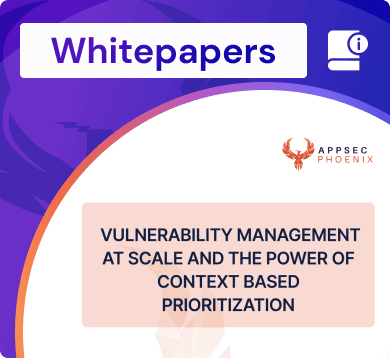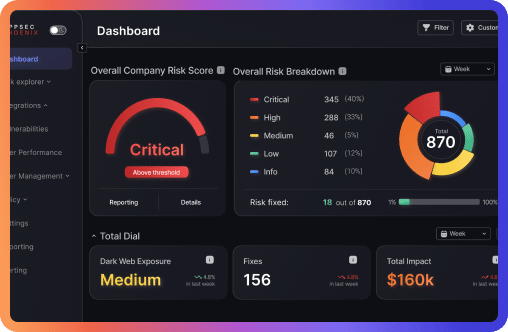As cyber threats become increasingly sophisticated, the need for a more proactive and comprehensive approach to vulnerability management is undeniable. A threat-centric methodology, when combined with advanced tools like Agentic AI and Application Security Posture Management (ASPM), offers organizations the ability to predict and mitigate vulnerabilities before they are exploited by threat actors. This article delves into how leveraging threat intelligence, exposure and reachability analysis, and contextual risk assessments can help organizations stay ahead of cyber threats, specifically focusing on high-risk vulnerabilities like remote code execution (RCE) and memory corruption. Through case studies like Citrix ADC and MOVEit Transfer, the article highlights the growing trend of zero-day exploits and emphasizes the importance of a proactive, data-driven security strategy. In a world where vulnerabilities are constantly targeted, adopting a threat-centric approach is not just a best practice—it’s essential to ensuring long-term security.
For startups, the focus is clear—establish visibility and ensure core security practices are in place. Application Security Posture Management (ASPM) tools provide a straightforward, automated approach to detecting vulnerabilities and enforcing policies. These solutions help reduce risk quickly without overburdening small security teams.
Mature organizations, on the other hand, are tackling a different set of problems. With the sheer number of vulnerabilities and an increasingly complicated threat landscape, enterprises need to fine-tune their approach. The goal shifts toward intelligent remediation, leveraging real-time threat intelligence and advanced risk prioritization. ASPM tools at this stage do more than just detect vulnerabilities—they provide context, enable proactive decision-making, and streamline the entire remediation process.
The emergence of AI-assisted code generation has further complicated security in both environments. These tools, while speeding up development, are often responsible for introducing new vulnerabilities into applications at a faster pace than traditional methods. The challenge is clear: AI-generated code can hide flaws that are difficult to catch in the rush of innovation. Both startups and enterprises need to adjust their security posture to account for these new risks. ASPM platforms, like Phoenix Security, provide automated scanning of code before it hits production, ensuring that flaws don’t make it past the first line of defense.
Meanwhile, organizations are also grappling with the backlog crisis in the National Vulnerability Database (NVD). A staggering number of CVEs remain unprocessed, leaving many businesses with limited data on which to base their patching decisions. While these delays leave companies vulnerable, Phoenix Security steps in by cross-referencing CVE data with known exploits and live threat intelligence, helping organizations stay ahead despite the lag in official vulnerability reporting.
Whether just starting their security program or managing a complex infrastructure, organizations need a toolset that adapts with them. Phoenix Security enables businesses of any size to prioritize vulnerabilities based on actual risk, not just theoretical impact, helping security teams navigate the evolving threat landscape with speed and accuracy.


